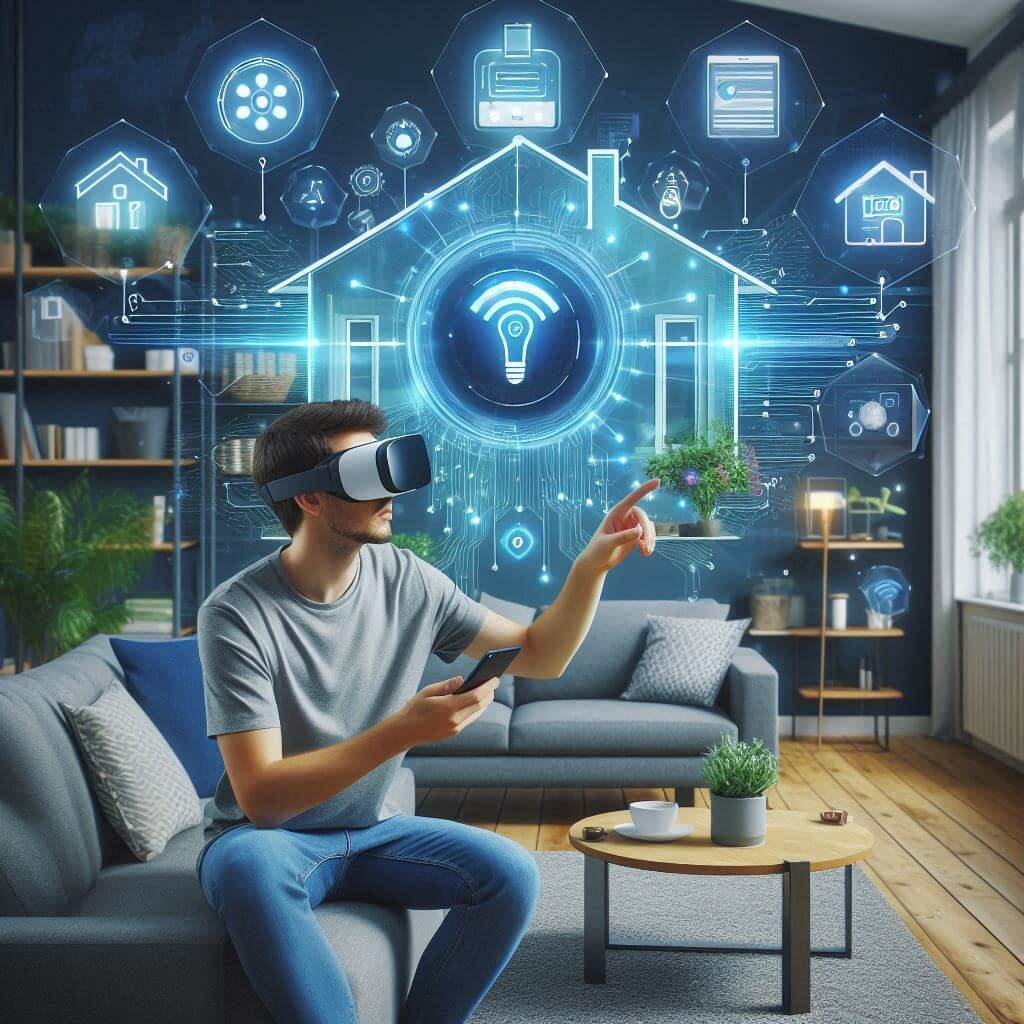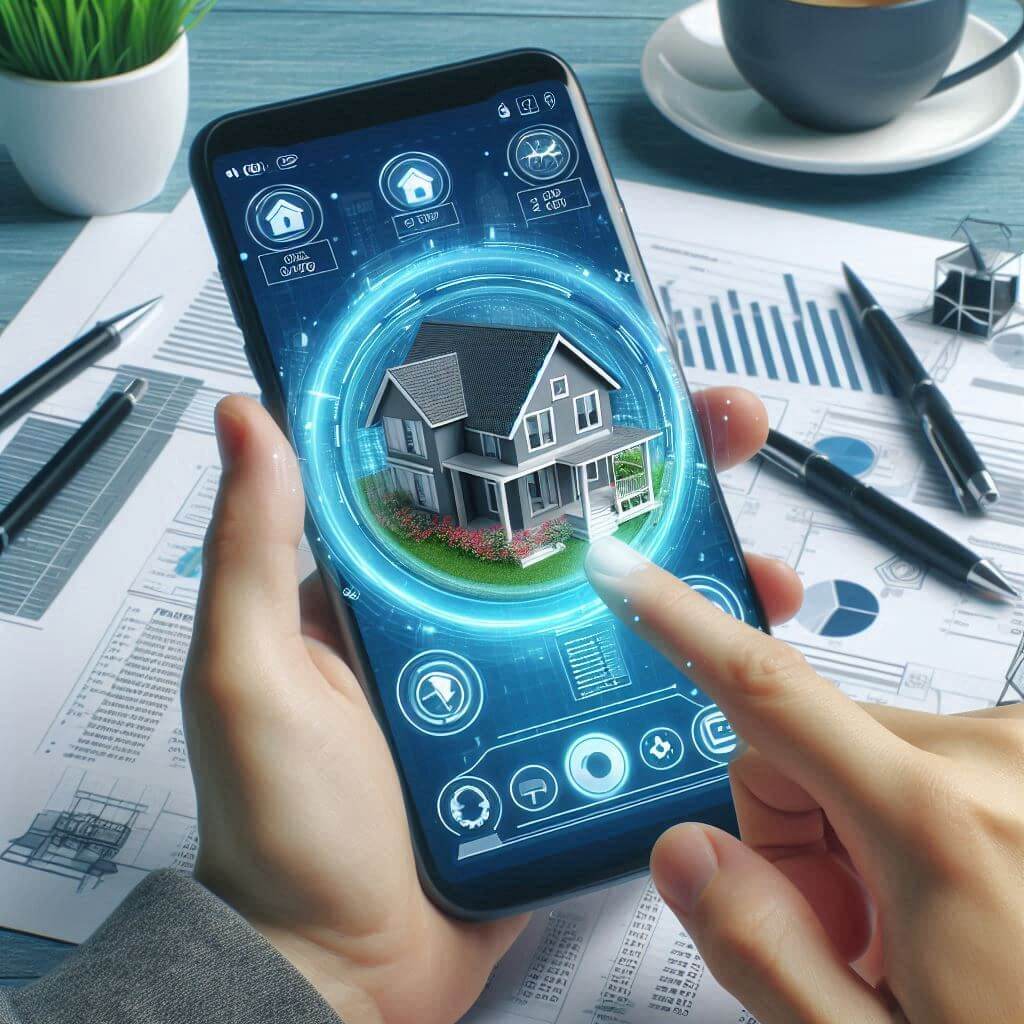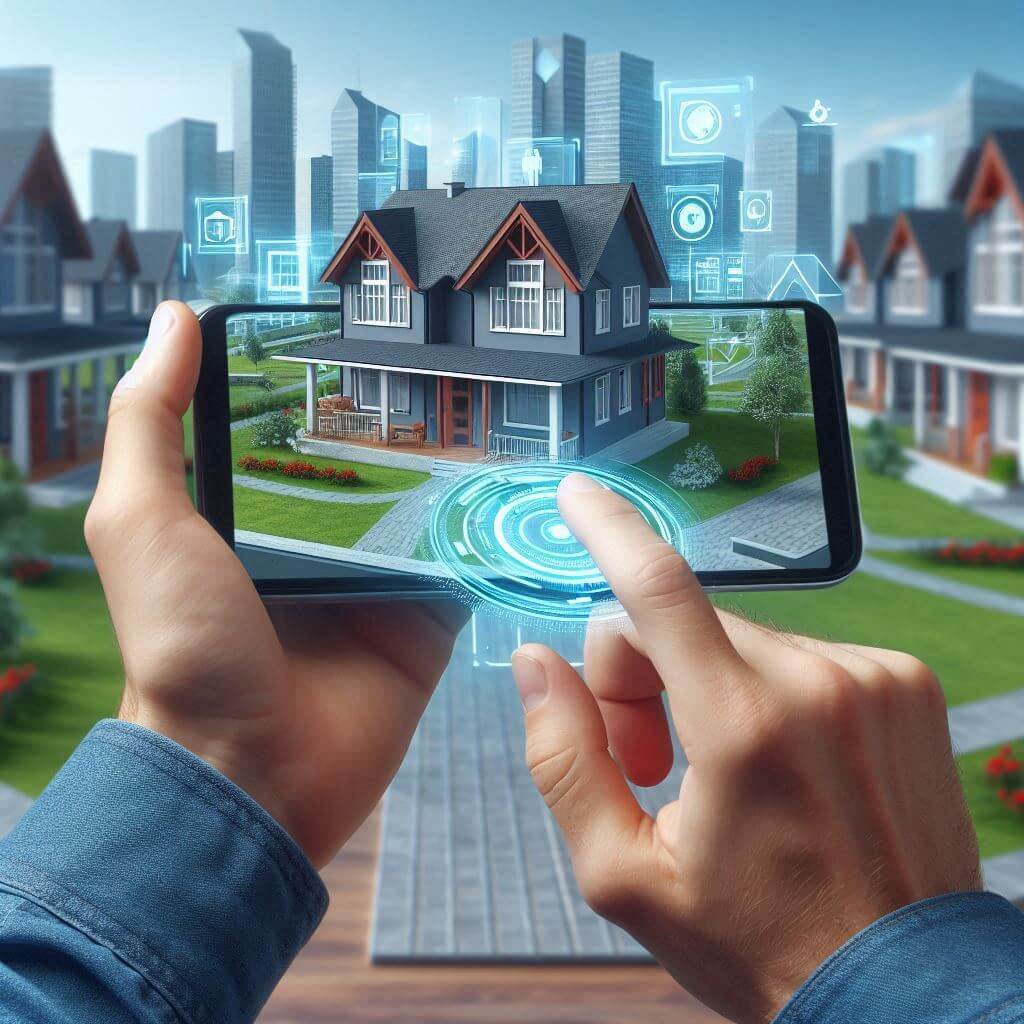-

How Much it ll cost to build an app like
- Cost to develop an Uber Tow Truck App
- Cost to develop a Pest Control App
- Cost To Develop a Handyman App Like Uber
- Cost To Develop a Doctor Appointment Booking App
- Cost To Develop An App Like MoodBites
- Cost To Develop An App Like SkipTheDishes
- Cost To Develop An App Like Q Chat
- Cost To Develop An App Like TickTick
- Cost To Develop An App Like ContractBook
- Cost To Develop An App Like Utter
-

How Much it ll cost to build an app like
- Cost to develop a Video Editing Mobile App like Magisto
- Cost to develop a Live Video Streaming App like Twitch
- Cost to develop an app like Home Workout- No equipment
- Cost to develop a Sports News app like theScore
- Cost to develop an Application like Reddit
- Cost to develop a Sports News app like theScore
- Cost to develop an E-learning platform like Udemy
- Cost to develop an On Demand Doctor App like Heal App
*

Augmented Reality for Real Estate
The competitive world of real estate is being transformed by innovative technologies like Augmented Reality (AR). With AR, potential home buyers can walk through a property, visualize renovations, or see a furnished apartment without ever stepping foot inside. This article explores how the introduction of Augmented Reality is reshaping the real estate industry – enhancing the buying and selling processes with unparalleled precision, convenience, and engagement.
What is Augmented Reality?
Augmented Reality (AR) overlays digital content onto the real world through devices like smartphones, tablets, and AR glasses. Unlike Virtual Reality (VR), which immerses users in a completely digital environment, AR enhances the real world with interactive and informative visual elements.
The Role of Augmented Reality in Real Estate
In real estate, Augmented Reality offers a dynamic platform for visualizing properties, renovations, and furnishings. This technology enables real estate agents, buyers, and developers to superimpose 3D models of buildings, interior designs, and decor onto existing or planned spaces. As a result, it provides a more accurate and immersive understanding of how properties will look and feel in the real world.
Advantages of Augmented Reality in Real Estate
Enhanced Property Visualization
One of the most important benefits of Augmented Reality (AR) in real estate is the ability to visualize properties in three dimensions (3D models). Traditional property listings with photos and videos can leave much to the imagination, often leading to uncertainty and misrepresentation. AR bridges this gap by offering a realistic and interactive representation of properties, allowing potential buyers to explore spaces as if they were physically there. This interactive experience engages potential buyers and instils confidence in their purchasing decisions.
Real-Time Changes
AR allows for real-time modifications while planning spaces, enabling users to explore different settings on the fly. This dynamicity saves time and ensures the plans are well aligned with the expectations of the buyer.
Improved Buyer-Seller Communication
Effective communication between buyers and sellers is necessary for successful property transactions. AR gives a common visual language to both the buyer and the seller. With Augmented Reality (AR), the buyers can express their preferences more clearly, while the sellers can present their properties more convincingly. In this way, both parties minimize the chance for misunderstandings, and the final result is closer to what the buyer has envisioned.
Increased Confidence and Reduced Risk
Buying a property is a significant investment, and any misstep can be costly. The use of Augmented Reality in real estate mitigates this risk by giving a detailed view of the final outcome. This transparency and visibility offers more confidence for the buyers to make decisions, knowing what they see is what they will get. As AR is capable of identifying potential issues early in the process, it helps avoid costly mistakes and revisions later.
Practical Applications of Augmented Reality (AR) in Real Estate
Virtual Property Tours
Virtual property tours are one of the most popular applications of Augmented Reality in the real estate businesses. Using Augmented Reality apps, real estate agents can create immersive 3D tours of properties. Through this, the potential buyers could take tours of their homes from any part of the world. AR helps to expand the reach of marketing efforts and provides a much more engaging and detailed picture of the property compared to traditional photos and videos.
Renovation Planning and Visualization
For buyers considering renovating a property, Augmented Reality acts as an invaluable tool for planning and visualization. It creates a digital twin of the property through which the buyers and developers can try various structural changes and how they would affect the space as a whole. This plan helps them to make informed decisions regarding the possibility and necessity of major renovations.
Personalized Design Solutions
Implementing Augmented Reality (AR) in real estate supports a high degree of customization to the individual needs and preferences of each buyer. By using an AR app, clients can upload images of their space and experiment with a wide range of design elements, from paint colors and wallpaper patterns to custom cabinetry and lighting fixtures. This level of personalization ensures that the final plan is tailored to the specific interests and desires of the buyer.
Virtual Staging
Virtual staging is an excellent tool for real estate professionals and sellers looking to make properties more appealing. Augmented Reality can digitally furnish and decorate empty spaces, making them more attractive to potential buyers. This adds value to the property as a whole and provides a clear vision of the space’s potential to instill a higher buyer intent.
Commercial Real Estate Plans
In the case of commercial properties, Augmented Reality can offer users a close view of office space, retail space, and industrial facilities. Potential tenants can view how they can set up the given space based on their needs, from furniture and fittings to traffic congestion. The ability to see such aspects significantly speed up the leasing decisions and improve buyers’ satisfaction.
Interactive Neighborhood Search
Augmented Reality can also be used for interactive neighbourhood details. AR apps help interested buyers to explore the surrounding area, such as local amenities, schools, parks, and public transportation options. This information is important to produce a well-informed purchase decision for a buyer.
Integration with Smart Home Technologies
As smart home technology continues to evolve, Augmented Reality integration in real estate has been widely followed. In application, AR not only helps in designing a space but also controls smart devices within it, by performing actions like adjusting the lighting, temperature, and positioning of motorized furniture. Seamlessly merged smart home technologies into the AR experience imparts a holistic approach to home customization.
Augmented Reality Cases Studies in Real Estate
Zillow 3D Home
Zillow, a leading real estate marketplace, has made significant strides in integrating AR into its platform with the introduction of Zillow 3D Home. This feature allows sellers to create 3D tours of their properties using a smartphone. These tours offer a level of detail and immersion far beyond traditional photo listings, enabling potential buyers to experience the flow and layout of a home as if they were walking through it in person.
According to Zillow, homes with 3D tours receive 50% more views and are 22% more likely to sell within 30 days compared to homes without such tours. This increased engagement and faster sales cycle highlight the effectiveness of AR in attracting serious buyers and facilitating quicker transactions. By providing a more comprehensive understanding of the property, Zillow 3D Home helps buyers make more informed decisions, thereby reducing the likelihood of post-purchase regret and increasing overall satisfaction.
Matterport
Matterport is another leader in the AR space, offering advanced 3D capture technology that has become a game-changer in real estate. The Matterport system uses a combination of high-resolution cameras and software to create highly detailed 3D models of spaces, which can then be explored virtually. This technology provides a “Dollhouse View,” allowing users to see a property’s layout from an overhead perspective, as well as a “Walkthrough View,” which simulates the experience of walking through the space.
Properties listed with 3D tours have been shown to sell 31% faster and at a 4-9% higher sales price on average. The experience provided by AR not only attracts more potential buyers but also helps them form a stronger emotional connection to the property.
RealAR Places
RealAR Places addresses a common challenge in real estate – visualizing unfinished properties. By using AR, RealAR Places allows potential buyers to see a virtual representation of how a property will look once completed. This is particularly useful for new developments or properties undergoing significant renovations. Buyers can walk through the unfinished space and see detailed visualizations of the final design, complete with furniture, fixtures, and finishes.
Additionally, this ability to visualize different design options also helps in speeding up purchase decisions, as well as reduced rates of buyer’s remorse.
The Future of AR in Real Estate
Integration with Smart Home Technology
With the rapidly increasing advancements in technology, our homes are becoming smarter and more connected than ever before. Augmented Reality (AR) is at the centre of this rapid progression and integrating AR with existing smart home systems offers an extensive experience, providing seamless integration of virtual elements with the real environment.
Augmented reality catalyses the process of controlling smart home systems. By simply just pointing at any device in a specific room or object, relevant details get displayed.
AI and Machine Learning
The combination of Augmented Reality with Artificial Intelligence (AI) and Machine Learning (ML) holds immense potential for the real estate industry. AI can analyze user preferences and recommend design elements that fit with their tastes. ML algorithms can predict design trends and provide data-driven insights, enhancing the overall design process. This intelligent approach can result in more personalized and innovative property solutions.
Augmented Reality Glasses
While Augmented Reality apps on smartphones and tablets are currently the standard, the introduction of AR glasses promises to take the experience to a new level. These AR glasses will provide a hands-free, immersive experience; allowing users to visualize and interact with 3D designs in a more natural and intuitive manner by simply looking at them. This advancement further blurs the line between the digital and physical worlds and makes AR even a more powerful real estate tool.
Augmented Reality is transforming the real estate business like never before and offers growing opportunities for visualization, collaboration, and customization. By enabling users to see properties and renovations in 3D, AR not only enhances creativity and confidence but also reduces risk and improves the overall buying and selling process. As technology continues to advance, the integration of AR with AI, smart home systems, and AR glasses will further elevate the potential of this innovative tool.
For real estate professionals, buyers, and developers, embracing AR means staying at the forefront of innovation. Incorporating AR into your real estate process is not just about adopting new technology; it’s about reimagining the possibilities of property visualization and sales.
If you are looking to step into the future of real estate with Augmented Reality and transform your property experience, get in touch with our team of experts at LetsNurture.

Author
Our Partners




WhatsApp us






